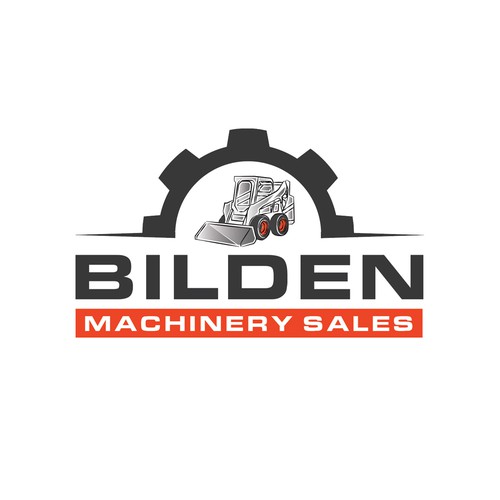A tractor rice mill is a mobile rice milling unit that can be attached to a tractor, making it convenient for farmers and small-scale rice producers to process their harvested rice in the field. This type of mill is designed to reduce the time and labor involved in rice milling, offering flexibility and efficiency. Here’s an overview of its features, types, and applications:

Key Features
Mobility:
- Designed to be towed by a tractor, allowing it to move easily between fields, making it suitable for rural and remote areas.
Milling Process:
- The machine typically includes a husker, separator, and polisher, which work together to remove the husk and bran layers from the rice grains to produce white rice.
Power Source:
- Operated by the tractor’s power take-off (PTO), utilizing the tractor’s engine to drive the milling components.
Capacity:
- Available in various capacities, from small units suitable for individual farmers to larger models for community use.
User-Friendly Design:
- Many models include controls that are easy to operate, often requiring minimal training.
Types of Tractor Rice Mills
Portable Rice Mills:
- Compact and lightweight units designed for small-scale milling. These are ideal for individual farmers or small communities.
Heavy-Duty Rice Mills:
- Larger machines designed for higher production volumes, suitable for cooperative farming setups or small milling businesses.
Applications
- Agriculture: Primarily used by farmers to mill their own rice, reducing the need for transportation to distant milling facilities.
- Community Milling: Can be used in rural communities to serve multiple farmers, allowing them to process their rice together.
Advantages
- Cost-Effective: Reduces transportation costs and milling fees by allowing farmers to process rice on-site.
- Freshness: Milling rice immediately after harvest helps retain its freshness and quality.
- Convenience: Eliminates the hassle of transporting harvested rice to stationary mills.
Maintenance
Regular maintenance is essential for optimal performance, which may include:
- Cleaning the milling components to prevent residue buildup.
- Regularly inspecting and lubricating moving parts.
- Checking for wear and tear on the milling mechanisms and replacing parts as needed.





